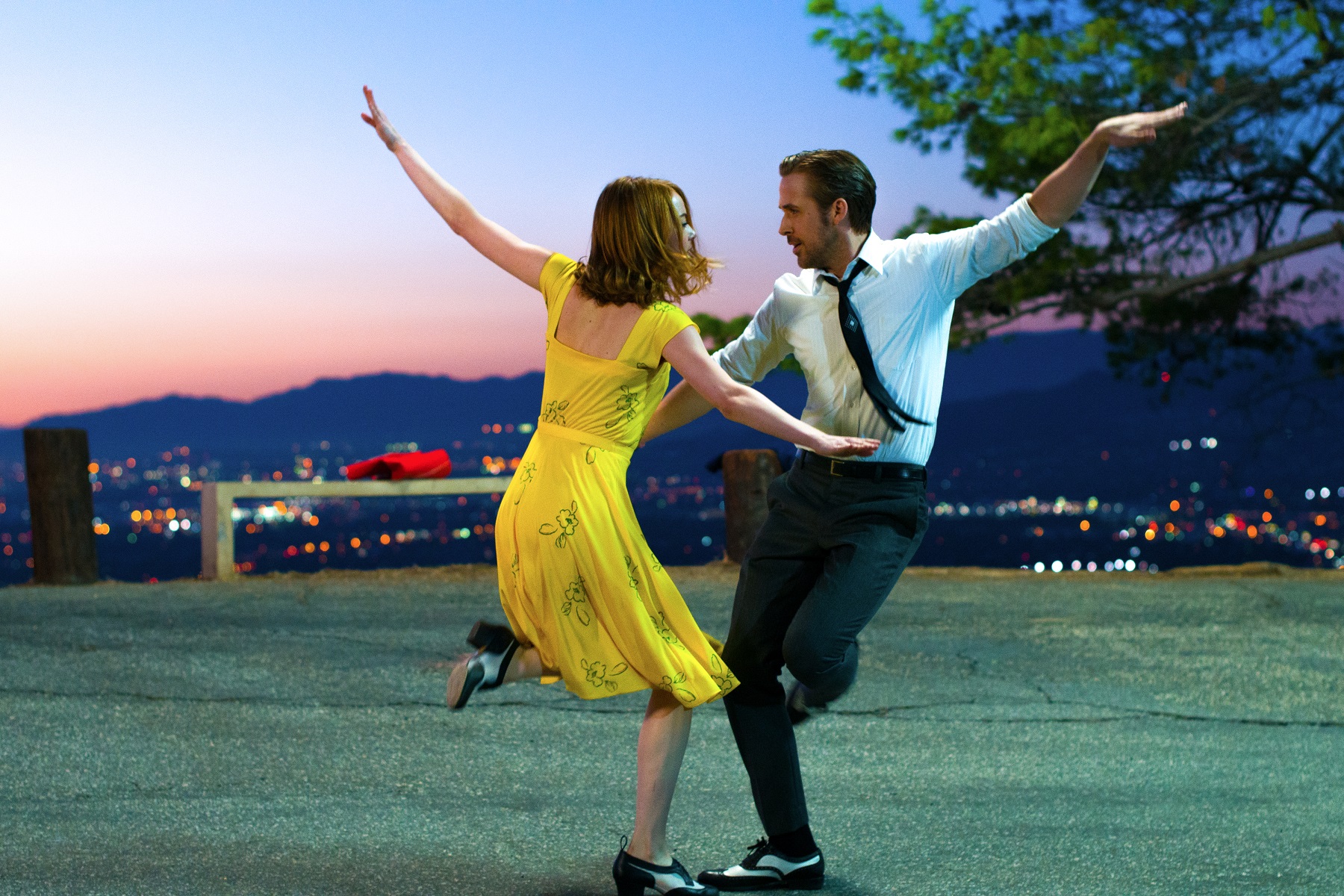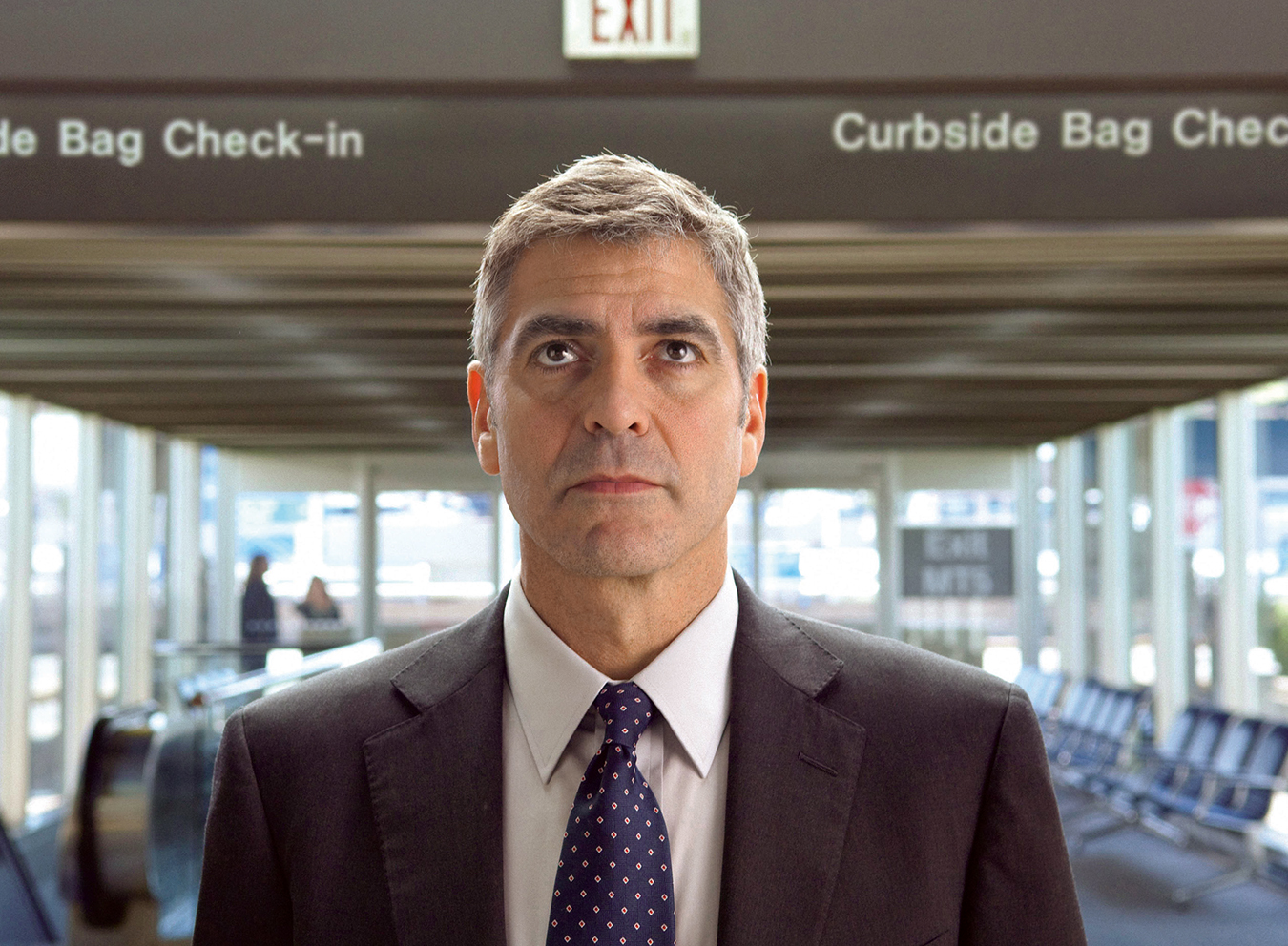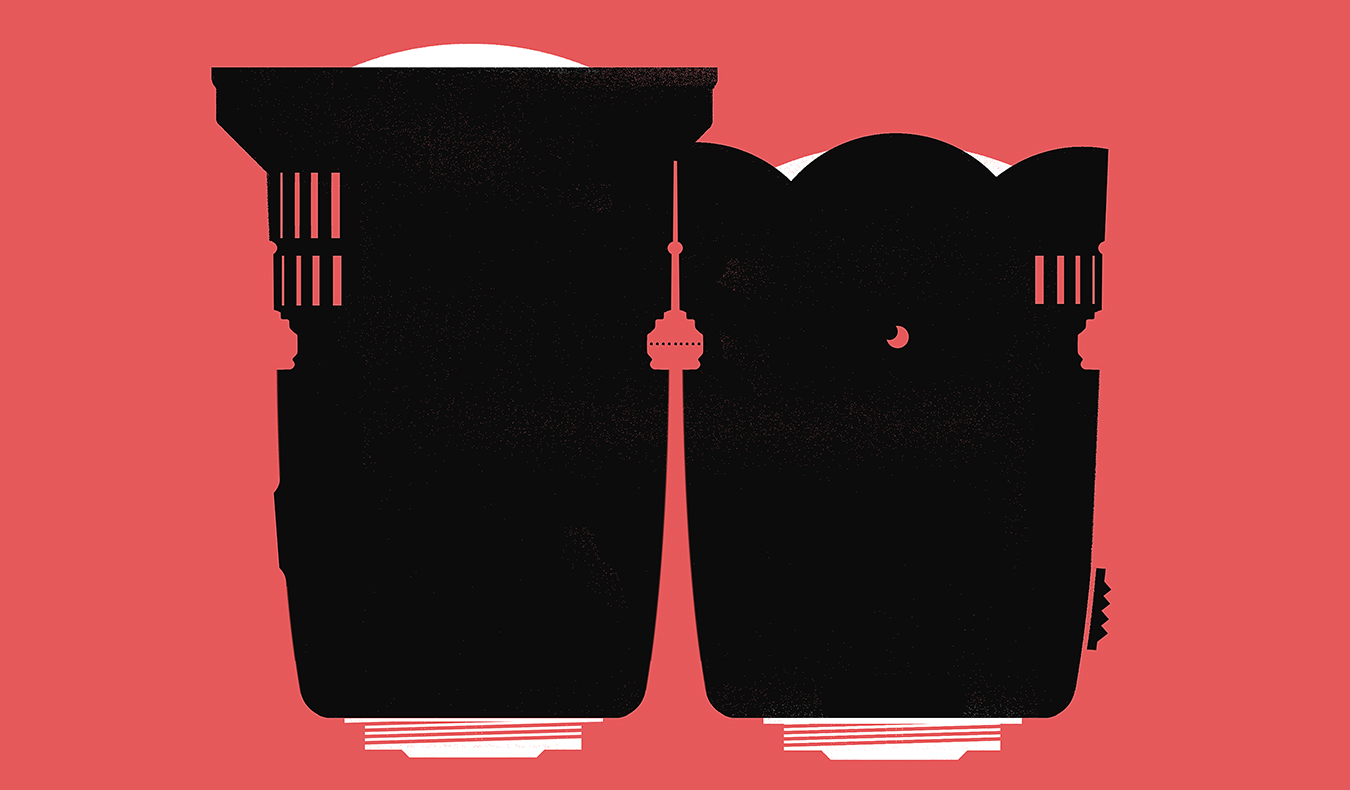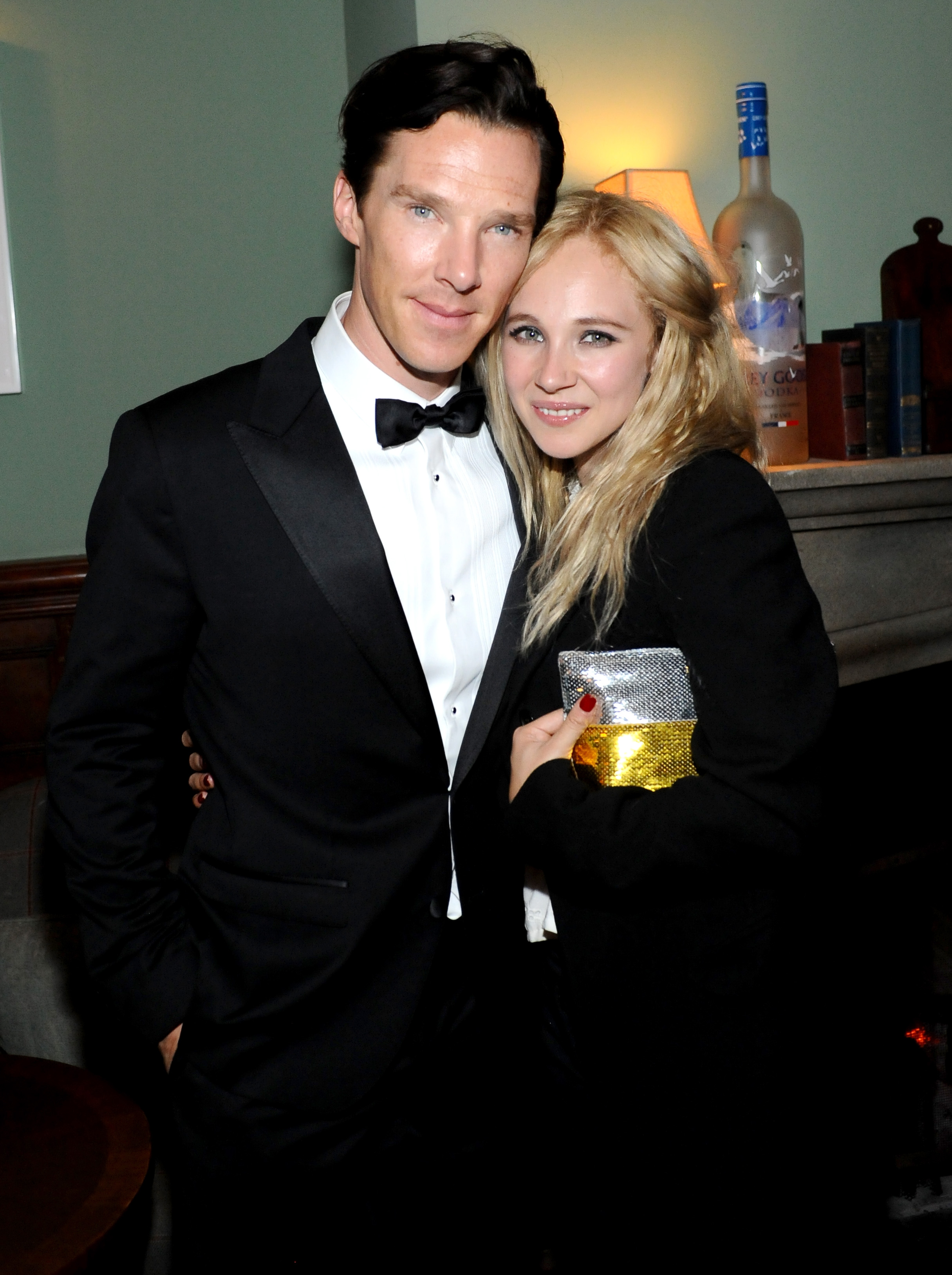Inside TIFF 2016: La La Land
A contemporary classic musical.

LLL d 29 _5194.NEF
In 31-year-old Whiplash director Damien Chazelle’s new La La Land, affectionate references to the golden era of Hollywood pair with a stereotype-defying plot to create a modern musical worthy of its Oscar buzz.
Starring Ryan Gosling and Emma Stone as Sebastian and Mia, a classic jazz pianist and a would-be actor/barista respectively, the film’s sunny tone is set from the first scene, in which a freeway-full of gridlocked motorists burst from their vehicles to perform the opening number, literally titled “Another Day of Sun.” They wear primary colours, throw open the back of a truck to reveal a clutch of timpani-players, and establish the world Chazelle proceeds to immerse his audience into: cheeky, nostalgic, and populated by characters who are hopeful, if a bit trapped.
When Mia and Sebastian meet-cute dancing (choreographer Mandy Moore nails their enthusiastic Astaire-and-Rogers coordination) through studio backlots, he wants to shirk mainstream success and keep the dying jazz genre afloat by opening his own club, and she just wants to be famous (a huge Ingrid Bergman movie poster papers her bedroom wall). Yet tensions rise when the couple begins to achieve each other’s definition of success, rather than their own, with Sebastian joining an ultra-popular band led by a sell-out musician (John Legend) and Mia pouring all her resources into writing and starring in a humble one-woman play. “Every character has to negotiate a balance between dreams and reality,” Chazelle said at a TIFF post-premiere question period. “I wanted to do a musical but really try to ground it in real life and invest it with things that were a little messier and more real. To take those [classic] movies I love and to make them contemporary.” To his word, Chezelle sees Sebastian and Mia succumb to their jealousies, frustrations, and confusion in a poignantly relatable way.
Moments of conflict between Gosling and Stone anchor the story with their much-needed gravitas, though Chazelle threatens to over-season the plot with whimsicality. In one comic interlude, Gosling plays A Flock of Seagulls’s “I Ran” on a keytar as part of an eighties cover band’s set while Stone stands in the audience reeling through all her signature goofball facial expressions. Were the overarching mood more cynical, this could be welcome levity; however, here the moment seems out of place, as though it were airlifted from an episode of Saturday Night Live. In another scene, the characters fly through the air, and risk leaving audience members behind.
But Chazelle seems thoroughly unconcerned about garnering criticism—in La La Land, he plays to his own tribe, those giddily enamoured with an idealized, more innocent time in the history of cinema. His characters give voice to this at one point, when Mia worries her play may be too nostalgic—that people won’t like it—and Sebastian chirps back, “Fuck ‘em.” La La Land has nothing to apologize for; it is, unabashedly, a dream come to life.




